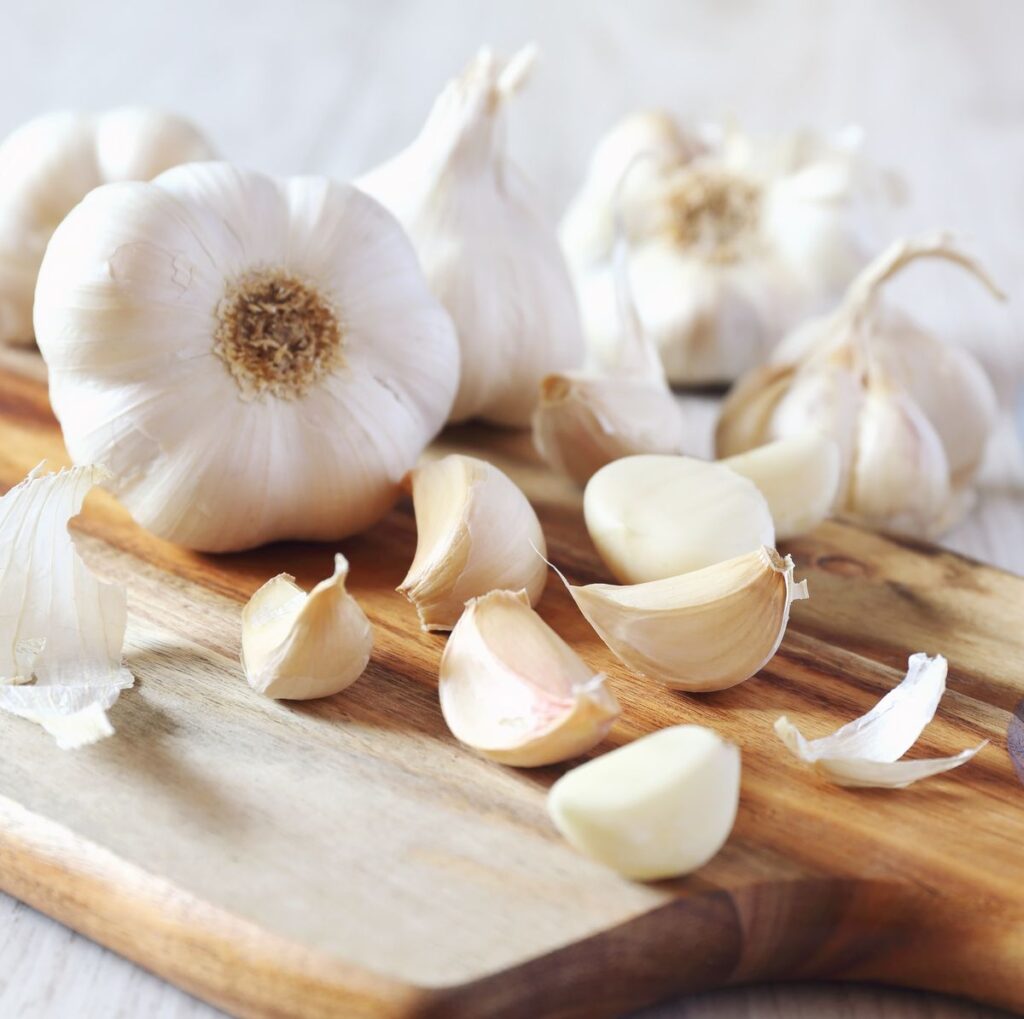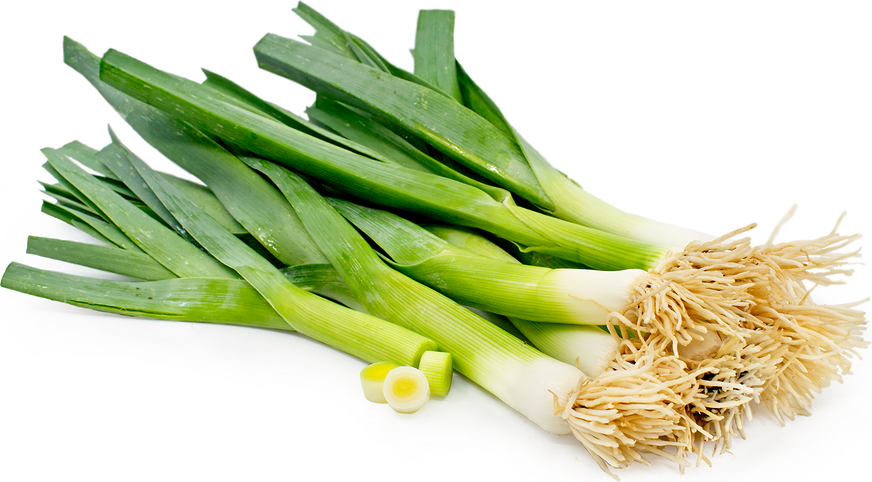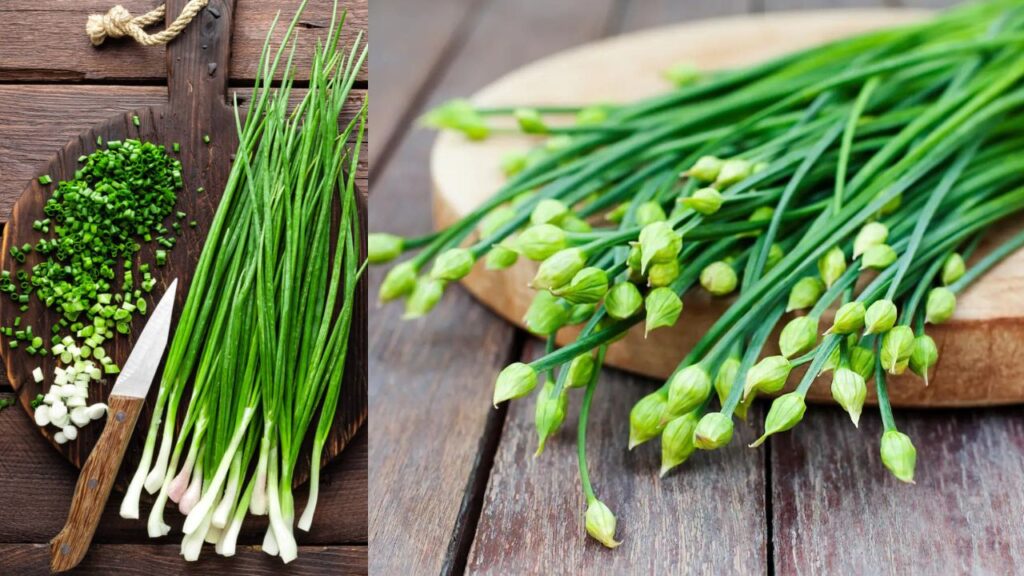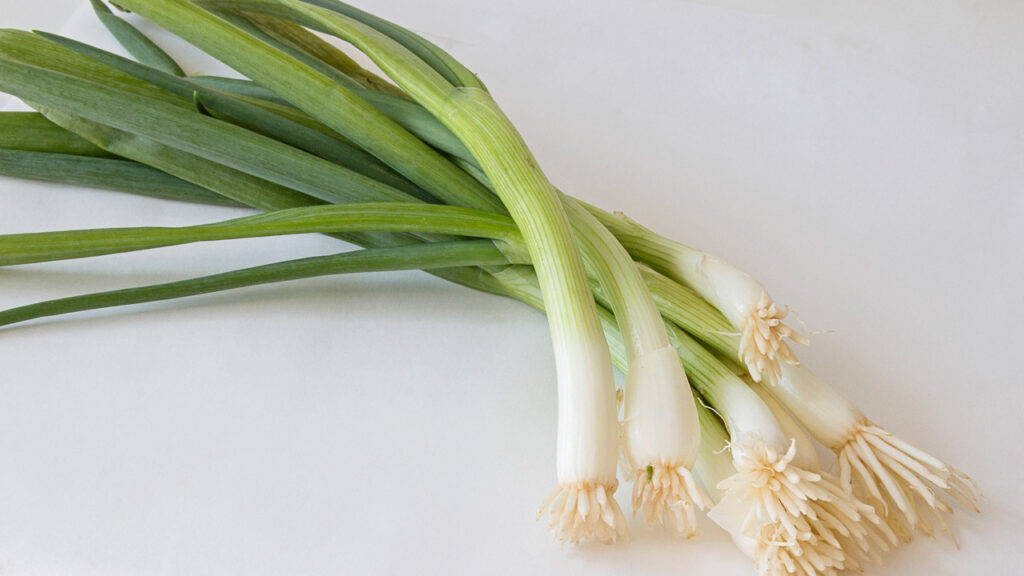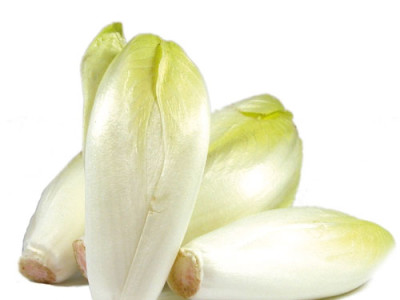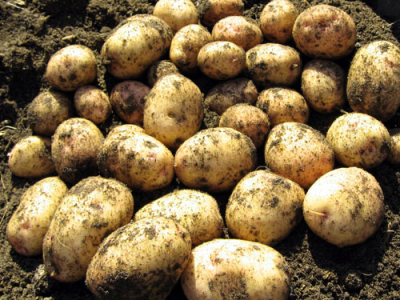
Allium Vegetables
ALLIUM VEGETABLES
Allium vegetables, also called alliums, encompass a large family of vegetables that includes onions, leeks, garlic, shallots, scallions, and chives. All of these vegetables are closely related and are high in nutritional value. They are a great source of dietary fiber, vitamins, and minerals like vitamins C and B6, calcium, iron, vitamin A, folate, and magnesium. Alliums are famous for their strong pungent taste and are used widely in cooking all over the world.
They are a key component of savory dishes and provide a distinct flavor to sauces, soups, salads, and other dishes. They are also used in a variety of side dishes, hors d’oeuvres, and even as toppings for pizza. Alliums are known for their health benefits and are used traditionally for medicinal purposes. They are believed to help fight illnesses such as colds, flu, and even cancer.
Alliums are easy to incorporate into any diet. They can be cooked or diced and added to dishes or as toppings. They can also be eaten raw and added to salads. Since they provide a unique and flavorful addition to any dish, they are often the essential ingredient in signature sauces and recipes.
IMPORTANT ALLIUM VEGETABLES
1) GARLIC
2) ONION
3)LEEKS
4)CHIVES
5)SCALLIONS
GARLIC
Garlic is a species of bulbous herb in the onion family Alliaceae. Its scientific name is Allium sativum and is commonly referred to as the ‘stinking rose’ due to its pungent smell and taste. Garlic is native to Central Asia, however is now grown and eaten around the world. It is a key ingredient in many dishes, particularly fine cuisines, and has long been used in traditional medicine to treat a variety of illness.
NUTRITION:
Garlic is a nutritional powerhouse packed with vitamins, minerals, antioxidants and dietary fiber. It is rich in B Vitamins and Vitamin C as well as selenium, iron, magnesium and other minerals. Garlic also contains compounds known as allicin and diallyl disulfide which have powerful health benefits.
HEALTH BENEFITS:
Garlic has long been known for its medicinal properties and is believed to have numerous health benefits. It may help to reduce cholesterol levels and high blood pressure, boost the immune system, aid digestion and prevent the formation of blood clots. It also has antiviral, antibacterial, antifungal and antiseptic properties, so may be useful in the treatment of some infections. Regular consumption of garlic is said to reduce the risk of certain types of cancer, including stomach, intestines, esophagus, lung and skin cancer. Additionally, garlic is thought to be beneficial for heart health and may help to protect against stroke.
CULINARY USES:
Garlic is a staple in many cuisines, from Asian to Mediterranean. It is used in savory dishes, as a seasoning and flavoring agent, as well as a garnish. Its most common culinary use is to chop or mince it finely and sauté it in oil or butter to release its flavor. It’s also used in various sauces and soups and can be roasted or boiled for a more intense flavor. Garlic is an essential ingredient in many dishes such as garlic bread, garlic mashed potatoes, and garlic-sautéed vegetables. It’s also widely used as a condiment, in seasoning blends, or as a topping.
ONION:
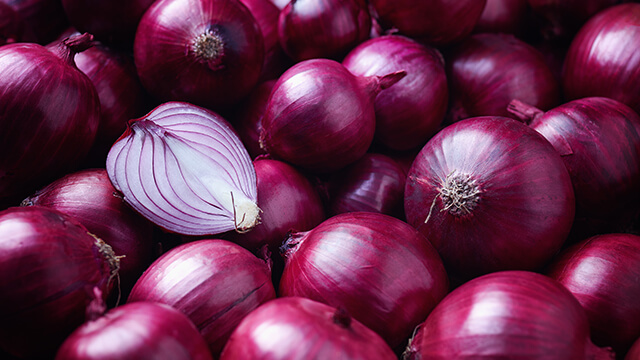
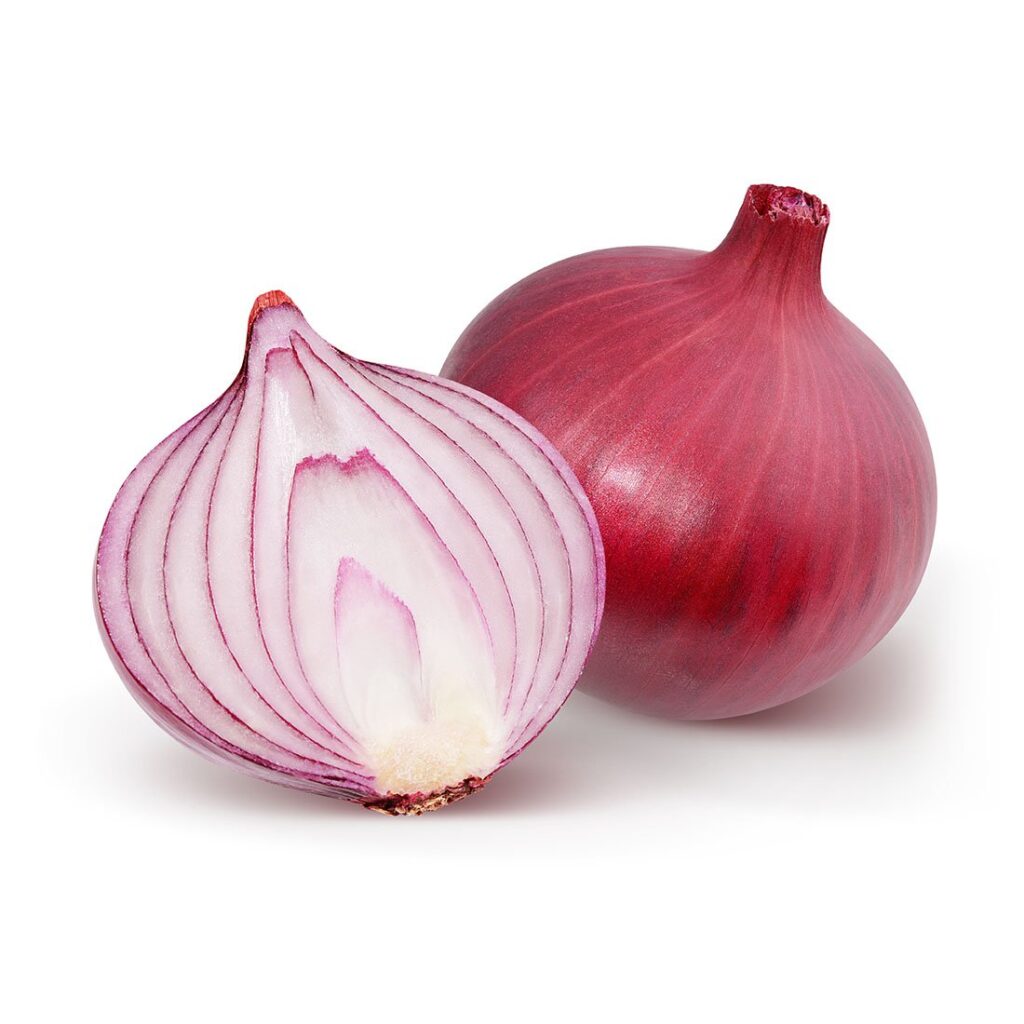
Onion (Allium cepa) is a flavorful culinary vegetable staple used in a majority of dishes around the world. Onions are nutritional powerhouses packed with numerous beneficial compounds like minerals, phytonutrients, antioxidants, vitamins, and essential oils. Onions are available in almost every supermarket and come in a variety of colors, shapes, and sizes. They can be eaten fresh, cooked, or baked, and can even be pickled for a unique and exciting flavor profile.
NUTRITIONAL VALUES:
Nutritionally, onions are a good source of fiber, vitamins A, C, and K, folic acid, iron, potassium, and manganese. They are also a good source of antioxidants, which reduce the risk of chronic diseases and help with overall healthy aging. Onions are also low in calories and fat, making them an excellent source of nutrition.
HEALTH BENEFITS:
In terms of health benefits, onions contain various compounds that are known to provide several beneficial effects. These include anti-inflammatory and anti-cancer properties, improved regulation of blood glucose, lower cholesterol levels, and improved digestion of food. Also, the sulfur compounds found in onions are known to help improve the internal functioning of the lungs and sinuses, thereby improving lung health.
COOKING:
Onions are a versatile culinary ingredient, used in various dishes ranging from salads to curries, soups, stews, salsas, and meats. They can be used raw or cooked, depending on your preference. Raw onions add a crunchy texture and strong, pungent flavor to salads and sandwiches, while cooked onions imbue dishes with a sweet and nutty flavor.
Onions can also be pickled and used in a variety of recipes. Onions are an incredibly versatile vegetable that adds flavor and nutrition to any dish. Not only that, they are packed with beneficial compounds that can help reduce the risk of chronic diseases. Whether you choose to eat them raw or cooked, pickled, or in a recipe, onions are a must-have ingredient in a healthy and balanced diet.
LEEKS
Leeks are a nutrient-packed vegetable related to the onion family. They can be eaten raw or cooked and are popular in many cuisines around the world, particularly in Europe.
Leeks have a mild, onion-like taste. In its raw state, the vegetable is crunchy and firm. The edible portions of the leek are the white base of the leaves (above the roots and stem base), the light green parts, and to a lesser extent, the dark green parts of the leaves. The dark green portion is usually discarded because it has a tough texture, but it can be sautéed or more commonly added to stock for flavor. A few leaves are sometimes tied with twine and other herbs to form a bouquet garni.
NUTRITIONAL INFORMATION:
A 3.5 ounce (100 gram) serving of raw leek contains:
| CALORIES | 33 |
| PROTEIN | 1.4 g |
| CARBS | 7 g |
| FIBER | 2.4 g |
| TOTAL FAT | 0.1 g |
| VITAMIN A | 37% of RDI |
| VITAMIN C | 21% of the RDI |
| VITAMIN K | 63% of the RDI |
| MANGANESE | 20% of the RDI |
| CALCIUM | 8% of the RDI |
| IRON | 9% of the RDI |
HEALTH BENEFITS:
1. Rich in Antioxidants: Leeks are a good source of antioxidants, including zinc,flavonoids, and beta-carotene.
2. May Support Heart Health: A diet rich in leeks may help reduce LDL (bad) cholesterol and other risk factors for heart disease.
3. May Lower Blood Sugar: Eating leeks may help decrease blood sugar levels and the risk of diabetes.
4. Could Promote Bowel Health: Leeks are a good source of fiber. Eating fiber may help increase stool volume, reduce constipation, and support bowel health.
5. May Help with Weight Loss: Increasing your fiber intake may help with weight loss by keeping you full for longer and promoting slower digestion.
CHIVES
A perennial plant, it is widespread in nature across much of Europe, Asia, and North America.
Chives are a commonly used herb and can be found in grocery stores or grown in home gardens. In culinary use, the green stalks (scapes) and the unopened, immature flower buds are diced and used as an ingredient for omelettes, fish, potatoes, soups, and many other dishes. The edible flowers can be used in salads. Chives have insect-repelling properties that can be used in gardens to control pests.[15]
The plant provides a great deal of nectar for pollinators. It was rated in the top 10 for most nectar production (nectar per unit cover per year) in UK plants survey conducted by the AgriLand project which is supported by the UK Insect Pollinators Initiative.
NUTRITIONAL INFORMATION:
Chives are an excellent source of vitamins A and C, as well as of dietary fiber. Chives are also rich in minerals such as potassium, copper, Manganese, Iron, and magnesium.
HEALTH BENEFITS:
Chives are known to have medicinal properties. They are known to improve circulation, digestion and reduce blood sugar levels. Chives are also rich in antioxidants, which help protect the cells from damage.
CULINARY USES:
Chives are often used as a garnish in both cooked and raw dishes. They can be added to omelettes, scrambled eggs, salads, and soups. Chives can also be chopped and mixed into dips and cream cheese to enhance the flavor. They are also a great addition to butter and cream sauces used on vegetables and pastas.
SCALLIONS:
Scallions, also sometimes referred to as green onions, are a member of the onion family. They are characterized by long, hollow green stems and small bulbs. They offer a mild and sweet flavor that many people find more appealing than the savory, sharp flavor of regular onions.
NUTRITIONAL INFORMATION:
1 cup of chopped scallions (100 g/3.5 oz) contains:
| CALORIES | 32 kcal |
| CARBOHYDRATES | 7.3 g |
| FIBER | 2.7 g |
| FAT | 0.2 g |
| PROTEIN | 2.0 g |
HEALTH BENEFITS:
Scallions are a good source of several vitamins and minerals. They contain vitamin A, C, folate, and several antioxidant compounds. They are also low in calories and can help boost the nutrient content of meals. In addition, scallions contain compounds that may improve genetic health, reduce inflammation, and prevent certain forms of cancer.
CULINARY USES:
Scallions are a versatile ingredient that are widely used in many cuisines. They can be added to salads, soups, stir-fries, and breakfast dishes. They are often used as a garnish for both hot and cold dishes. They can also be chopped and used to flavor sauces, salsas, and pestos. Scallions can also be grilled, stir-fried, or roasted.

